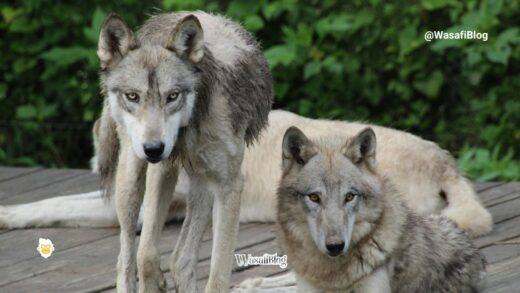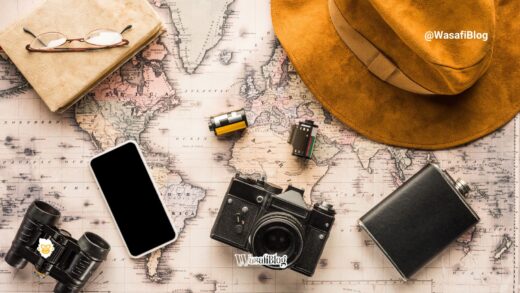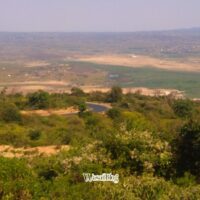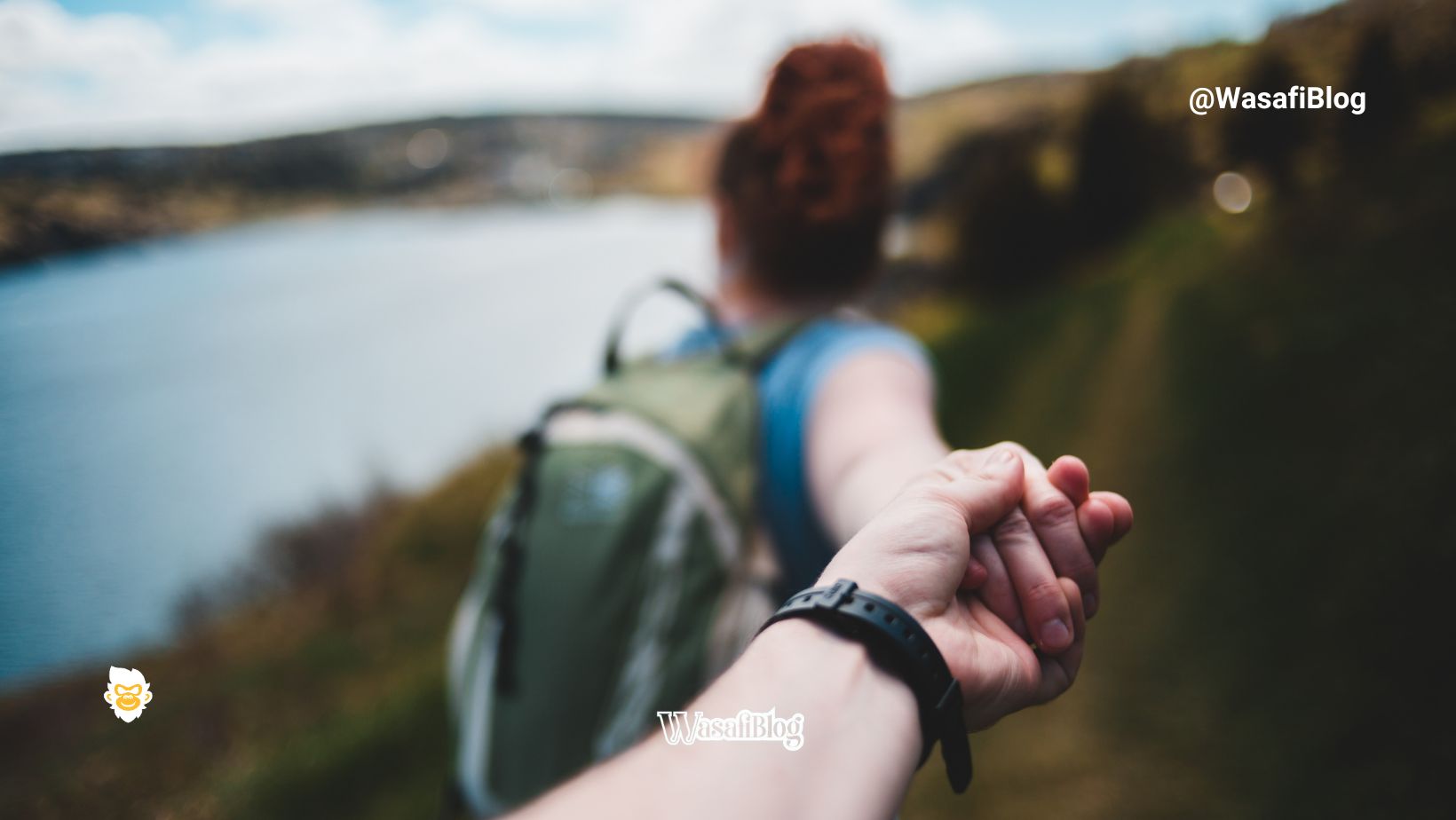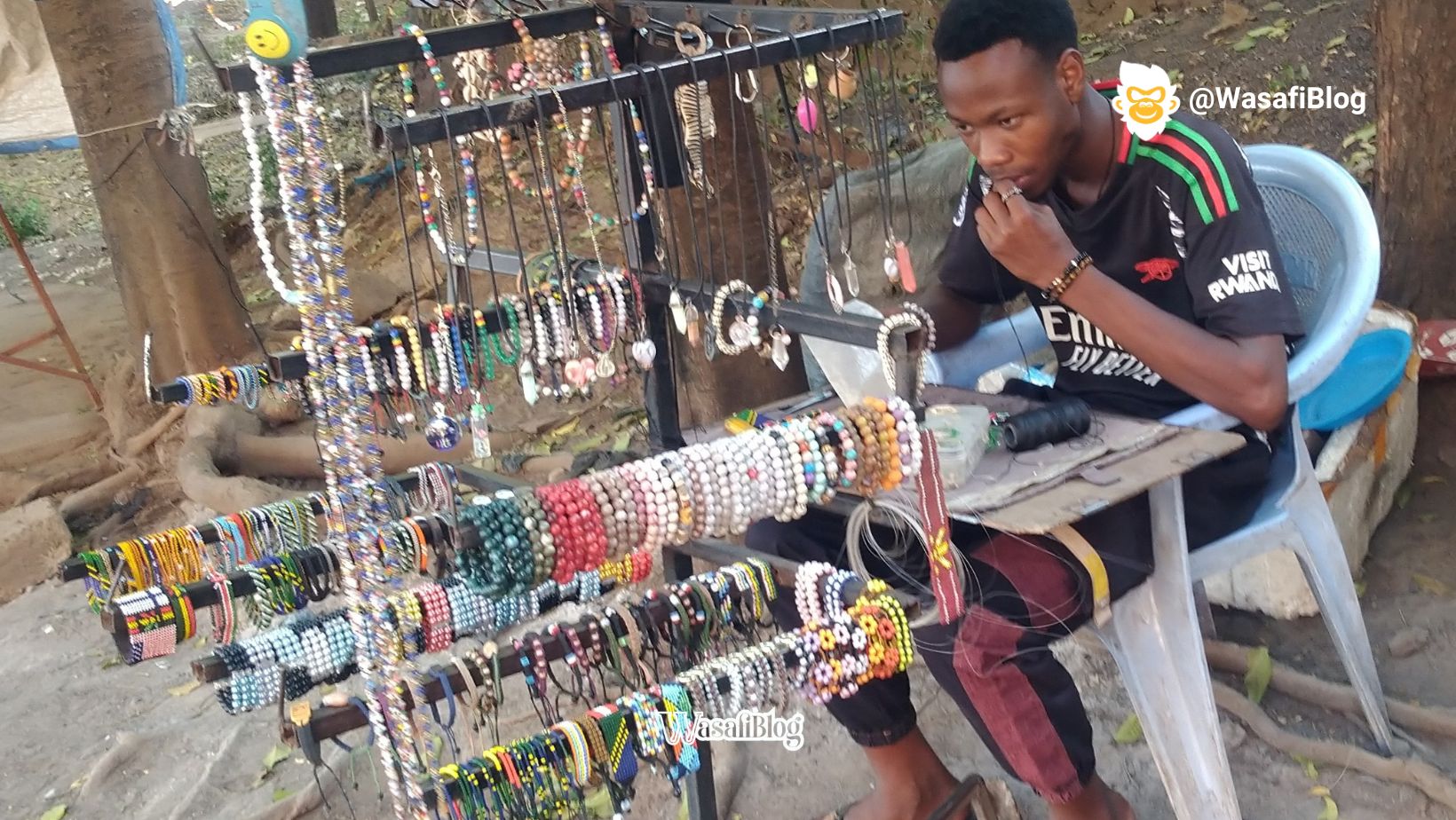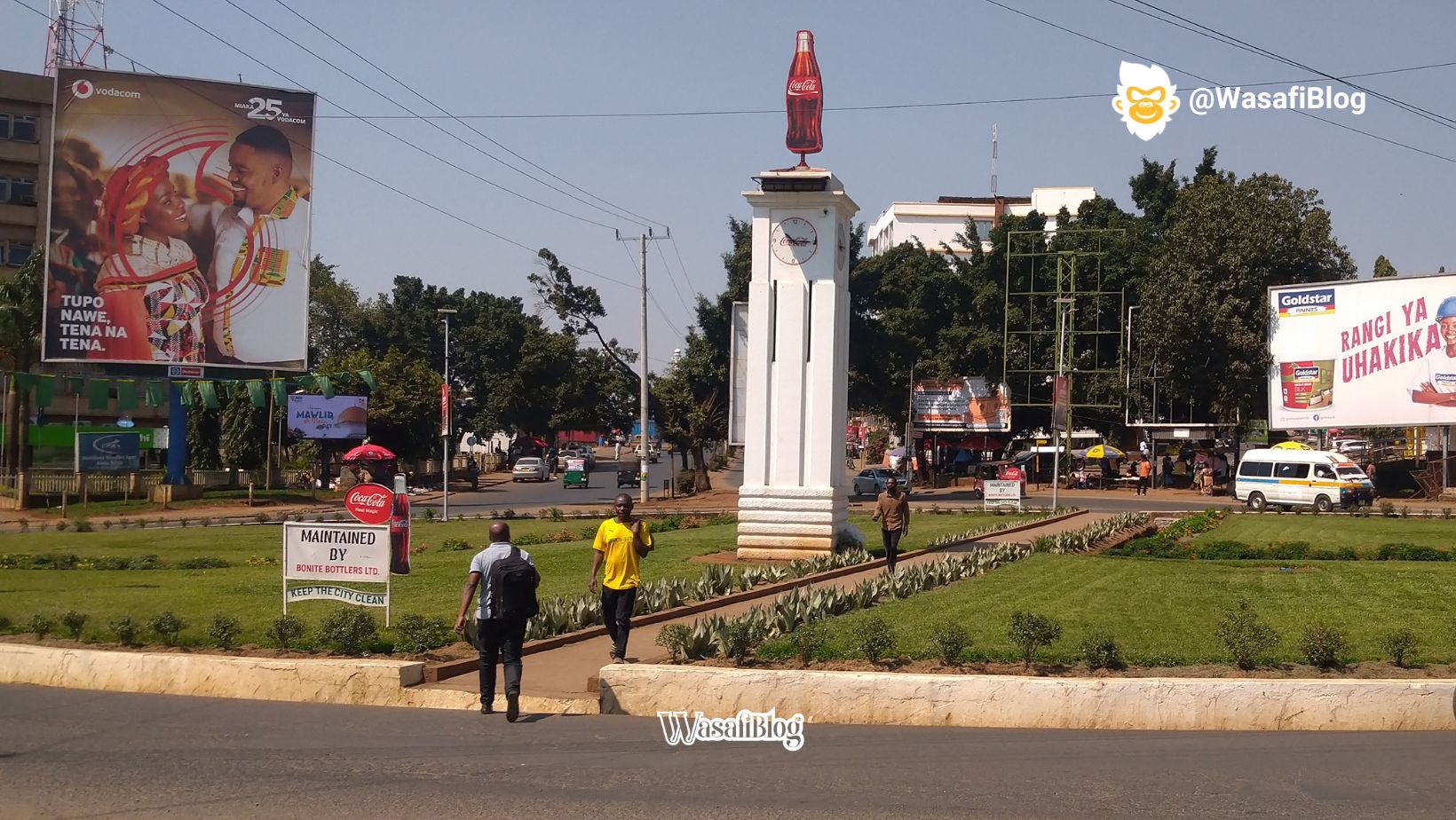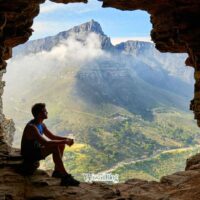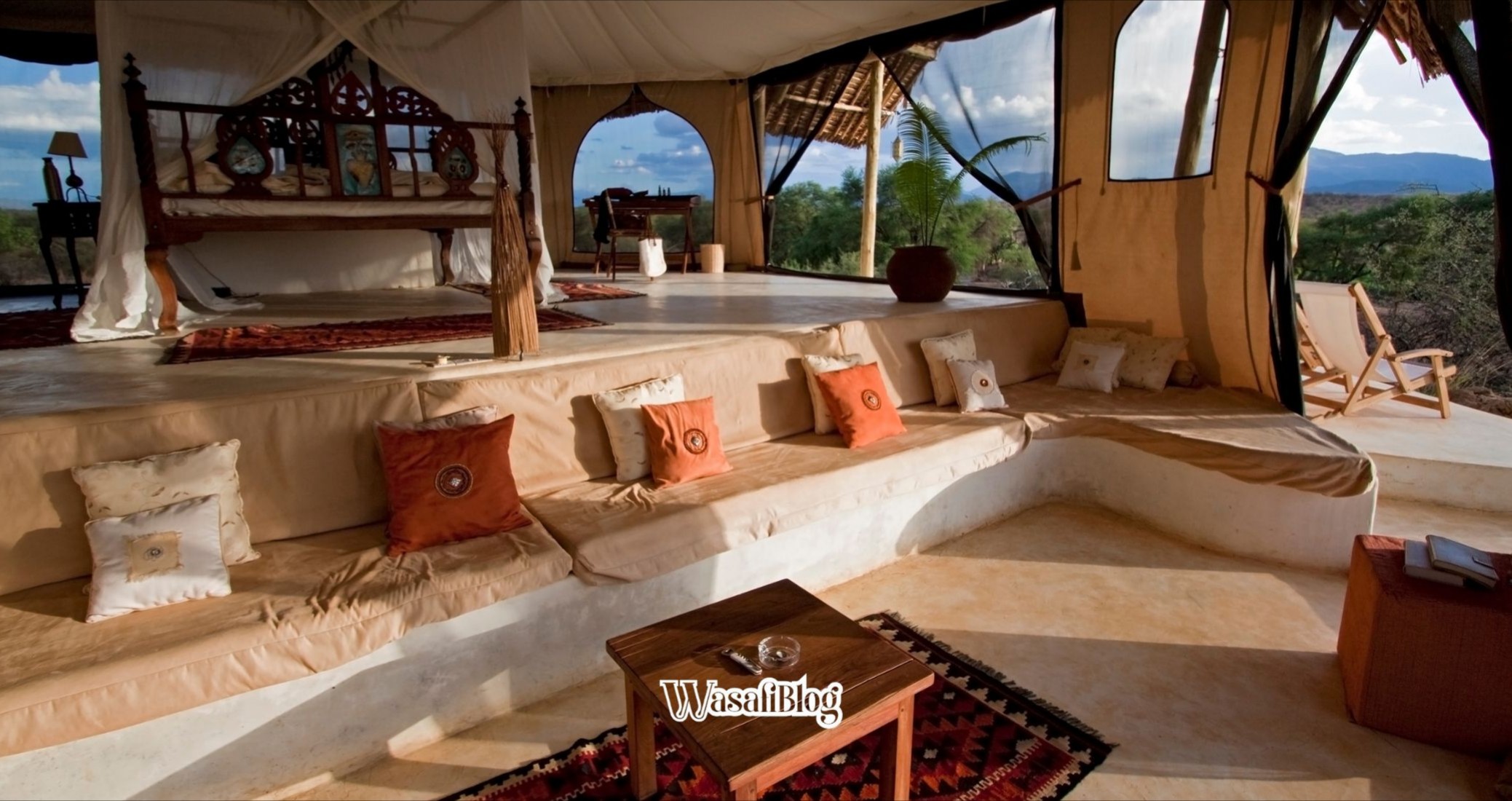Imagine a landscape stretching infinitely under a vast African sky, punctuated by the rhythmic thundering of millions of hooves. It’s a sound that resonates deep within your soul, a spectacle that transcends the ordinary. This is the Great Migration in the Serengeti, a natural phenomenon so profound it’s often called the “greatest show on Earth.”
I’ve been fortunate enough to experience the magic of a Serengeti safari multiple times, and each visit has left me more awe-struck than the last. It’s an adventure unlike any other, a raw, untamed display of life, death, and perseverance. But here’s the thing: the Great Migration isn’t a static event. It’s a continuous, cyclical journey driven by the ancient instincts of wildebeest, zebras, and gazelles in pursuit of life-giving water and greener pastures.
So, how do you maximize your chances of witnessing this incredible movement? That’s what I want to share with you today. Through my experience and the invaluable insights gleaned from working with expert local operators, including those I connect you with through WasafiBlog’s travel, I’ll break down the best times and places to be to catch the core action.
Understanding the Pulse of the Migration
The Great Migration is not a fixed route with specific dates. It’s a fluid, ever-shifting movement, heavily influenced by rainfall patterns and the availability of grazing. The wildebeest, in particular, are perpetually searching for the richest grass and freshest water. This means a successful safari requires meticulous planning, flexibility, and, crucially, the guidance of an experienced safari guide.
Let’s dive into the year-round cycle to help you pinpoint your ideal window:
1. January – March: The Calving Season & Southern Serengeti Drama
- Location: Primarily the Southern Serengeti plains, stretching into the Ndutu Conservation Area.
- What to Expect: This is the time of new life, often dubbed the “calving season.” Within a few short weeks, hundreds of thousands of wildebeest calves are born, transforming the plains into a nursery. It’s an incredibly tender, yet equally dramatic, period.
- Why it’s a “Best Chance”:
- Predator Action: The abundance of vulnerable young attracts a high concentration of predators – lions, cheetahs, leopards, and hyenas – making for unparalleled hunting spectacle. Your chances of witnessing a chase or kill are significantly higher.
- Concentration: The herds are relatively concentrated in the nutrient-rich short grass plains, making them easier to locate compared to when they are dispersed across vast areas.
- Accessibility: The southern plains are generally accessible during this time, and many camps are specifically located to offer prime viewing.
- My Tip: While the focus is on the calves, the sheer volume of animals is breathtaking. It’s a heart-rending yet life-affirming experience. If you dream of dramatic predator-prey interactions, this is your prime window.
2. April – May: The Journey North & Beginnings of Movement
- Location: The herds begin their slow, deliberate move from the Southern Serengeti, pushing westwards and then north, through the Central Serengeti and towards the Western Corridor.
- What to Expect: This period often coincides with the long rains, which can make some roads challenging. However, the landscape is incredibly lush and green. The herds are often on the move, forming long columns.
- Why it’s a “Best Chance” (for specific experiences):
- Spectacular Scenery: The refreshed, vibrant landscapes after the rains are stunning for photography.
- Fewer Crowds: Being considered “shoulder season” due to the rains, you’ll encounter fewer tourists, offering a more intimate safari experience.
- Witnessing the Build-up: You get to observe the initial phases of the great movement, the gradual gathering and the purposeful march.
- My Tip: Flexibility is key during this period. Your safari guide will be crucial in navigating conditions and finding the best routes. WasafiBlog’s travel team can advise on mobile camps that position themselves optimally.
3. June – July: The Western Corridor & Grumeti River Challenge
- Location: The herds are firmly in the Western Corridor of the Serengeti, specifically moving towards and across the Grumeti River.
- What to Expect: This is when the first major river crossings begin. The Grumeti River, though smaller than the Mara, presents its own perilous challenges, with resident Nile crocodiles lying in wait. The herds accumulate on the banks, building up courage before plunging into the murky waters.
- Why it’s a “Best Chance”:
- First River Crossings: If witnessing a river crossing is high on your list, this is your first real opportunity. The drama is palpable as thousands of wildebeest brave the crocodile-infested waters.
- High Concentrations: The herds are densely packed as they prepare to cross, offering incredible photographic opportunities.
- Predator Action: Lions, leopards, and other predators are drawn to the bottleneck, capitalizing on the stressed and vulnerable animals.
- My Tip: This is a popular time, so booking well in advance is essential. A truly skilled safari guide will know the best crossing points and patiently position you for the action.
4. August – October: The Northern Serengeti & Mara River Crossings – The Iconic Spectacle
- Location: The Northern Serengeti, extending into Kenya’s Masai Mara. The iconic Mara River is the primary focus.
- What to Expect: This is arguably the most famous and sought-after period. Millions of wildebeest and zebras gather on the banks of the mighty Mara River, facing its treacherous currents and massive crocodiles. The crossings are chaotic, thrilling, and often heartbreaking.
- Why it’s a “Best Chance”:
- The Ultimate Crossing Experience: The Mara River crossings are the stuff of legends. The sheer scale and drama are unparalleled.
- Consistent Activity: With so many animals concentrated along the river, there’s a constant buzz of activity, from aborted crossings to successful plunges.
- Open Plains & Variety: The northern plains also offer excellent general game viewing beyond the migration, including elephants and giraffes.
- My Tip: This is peak season, meaning higher prices and more visitors. However, the experience makes it worth it. To maximize your chances, consider staying at mobile camps strategically located near potential crossing points. My partners through WasafiBlog’s travel specialize in these premium, high-impact itineraries.
5. November – December: The Southern Return & Short Rains
- Location: The herds begin their southward journey from the Northern Serengeti, moving through the Lobo and Seronera areas, heading back towards the short grass plains of the south.
- What to Expect: The short rains transform the landscape, bringing fresh growth. The herds are on the move, but often in more dispersed groups compared to the dramatic river crossings.
- Why it’s a “Best Chance” (for relaxation and unique sightings):
- Green Season Beauty: The rejuvenated landscape is incredibly picturesque.
- Excellent Birding: The rains bring a wealth of migratory birds.
- General Game Viewing: While the migration is moving, the Central Serengeti (Seronera) is famous for its year-round predator sightings, particularly lions and leopards.
- Fewer Crowds: Another shoulder season, offering a more private experience.
- My Tip: This period offers a fantastic general Serengeti safari experience, with the added bonus of catching segments of the returning migration. It’s a great option for those who prioritize a quieter safari with stunning scenery.
Beyond Timing: Non-Negotiable Factors for Success
While knowing the general cycle is crucial, these factors can make or break your Great Migration safari:
- Flexibility and Patience: The migration is a wild, natural event. There are no guarantees. Be prepared for early mornings, long days, and the possibility of waiting. A great safari guide understands this dynamic.
- Your Expert Safari Guide: This is perhaps the most critical element. A seasoned guide with deep knowledge of the Serengeti, animal behavior, and current migration patterns is your ultimate asset. They’ll be constantly communicating with other guides, tracking, and predicting movements. This is where the expertise of a reputable safari operator, like those curated by WasafiBlog’s travel, comes into play. They employ, or partner with, the best of the best.
- Strategic Lodging: Consider mobile camps, especially during the peak crossing seasons (June-October). These camps move with the migration, ensuring you’re always in the heart of the action without long daily drives. Fixed lodges in the right regions, particularly the Seronera area for year-round game and central access, are also excellent choices.
- Time of Day: Animals, especially predators, are most active during the cooler hours of early morning and late afternoon/evening. Plan your game drives accordingly.
- Duration of Stay: Don’t rush it. I recommend a minimum of 5-7 days within the Serengeti itself to truly immerse yourself and allow for nature’s unpredictability. The longer you stay, the higher your chances of witnessing something extraordinary.
- Respect for Wildlife: Always follow your safari guide’s instructions regarding proximity to animals and noise levels. We are guests in their home.
Why Choose WasafiBlog’s Travel for Your Serengeti Adventure?
My commitment through WasafiBlog’s travel is to connect you with unparalleled Serengeti safari experiences. I understand that planning such a significant trip can be daunting. That’s why I partner with trusted, ethical, and experienced local operators who live and breathe the Serengeti.
When you plan your trip through WasafiBlog’s travel, you benefit from:
- Expert Local Knowledge: Access to guides who have spent their lives in the bush and understand the subtle nuances of the migration.
- Tailored Itineraries: Whether you’re seeking a luxury escape or a classic camping adventure, we help craft a journey that matches your budget and vision.
- Optimal Timing & Location Advice: Leveraging real-time information to advise you on the best possible dates and regions for your specific goals.
- Responsible Tourism: Ensuring your safari guide and operator adhere to the highest standards of animal welfare and community engagement.
Ready to Witness the Greatest Show on Earth?
A Serengeti safari to witness the Great Migration is more than just a trip; it’s a profound connection to the wild heart of Africa. Whether it’s the tender moments of calving or the heart-stopping drama of a river crossing, this adventure will leave an indelible mark on your soul.
Don’t leave such an important journey to chance. Start planning your once-in-a-lifetime Serengeti adventure with the insights shared here and the expert guidance available through WasafiBlog’s travel. Reach out to our team, and let us help you maximize your chances of witnessing this magnificent natural wonder. The Serengeti awaits.

